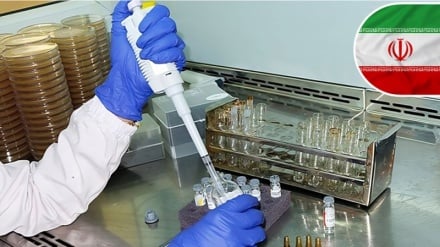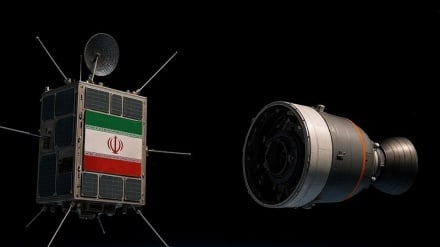Solar power plant of Eastern Sun ; a milestone in Iran's renewable energy
-
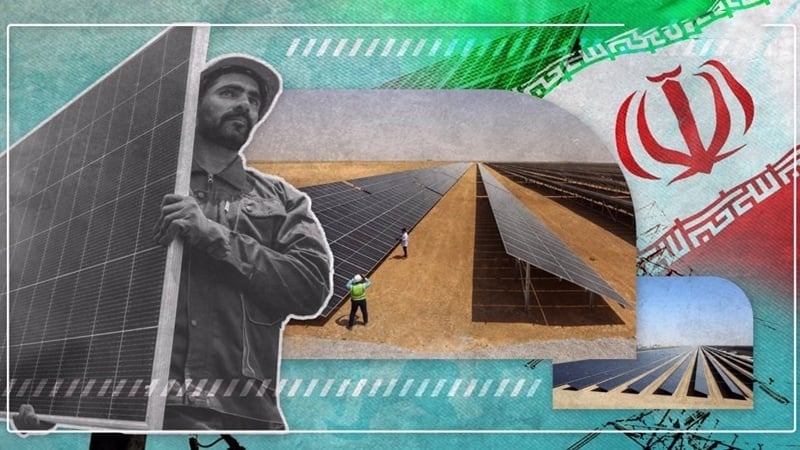
Eastern Sun Solar Power Plant; A milestone in Iran\'s renewable energy
Pars Today - Iran's largest solar energy project began operation with the launch of the East Isfahan Solar Power Plant in Isfahan province (central Iran).
The Eastern Sun Solar Power Plant, Iran's largest solar project (central Iran), was recently inaugurated in Isfahan province and is considered a milestone on the country's path to achieving self-sufficient renewable energy technology. According to Pars Today, Iranian President Masoud Pezeshkian officially inaugurated this 120-megawatt power plant in the presence of senior government ministers and provincial officials. This 305-million-euro project, developed by the Mobarakeh Steel Company near Kuhpayeh, was launched on July 10th. The first phase, with a capacity of 120 megawatts, is only one-fifth of the project's projected final capacity. In his speech, Pezeshkian acknowledged the joint efforts of investors, contractors, and government entities, including the Ministries of Energy and Industry, Mine, and Trade. He also, while paying tribute to the martyrs of the recent 12-day imposed war, described the project as being in line with the emphasis of the Leader of the Islamic Revolution, Ayatollah Seyyed Ali Khamenei, on investment and production in the current Persian calendar year.
Eastern Sun Solar Power Plant
The Eastern Sun Solar Power Plant (meaning "Eastern Sunlight" in Persian) is located 10 kilometers west of Kuhpayeh in Isfahan province, an area known for its industrial and agricultural importance. The plant is situated 40 kilometers east of the city of Isfahan and benefits from the province's dry landscape, which is ideal for large-scale solar installations. The complex, covering an area of 1,200 hectares in a rectangular plan 4.2 kilometers long and 3 kilometers wide, is adjacent to State Road 62 and near the historic Haj Hassan Caravanserai. The first phase of this power plant was inaugurated in the month of Tir [June-July] via video link by Iranian President Masoud Pezeshkian, marking a milestone in Iran's renewable energy goals.
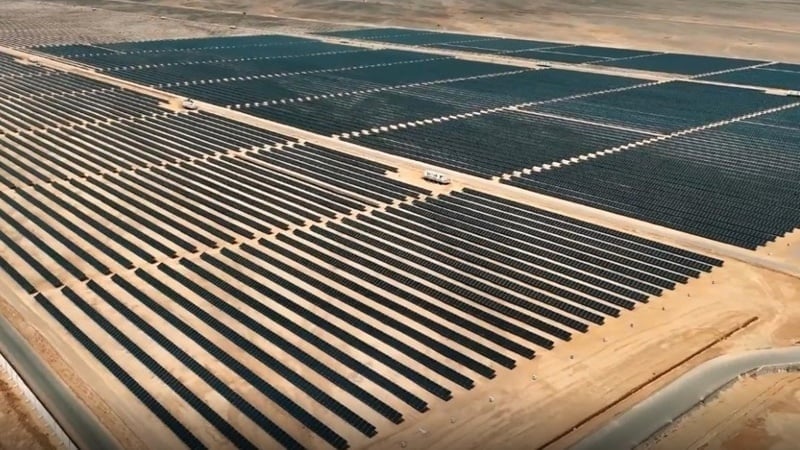
This power plant, which is designed to expand to a capacity of 600 megawatts by March 2027, will become Iran's largest solar facility upon completion. The remaining 480 megawatts will be installed over the next 18 months in several phases, with government funding and private sector participation. This plant is part of Iran's extensive $30 billion renewable energy program, with the East Sun plant securing a significant portion of the budget allocation for Isfahan province. The construction and operation of this plant are expected to create hundreds of jobs and boost the economy of one of Iran's most industrial regions.
The development of Iran's solar industry
Before the re-imposition of sanctions in 2018, foreign investors from Germany, South Korea, and India had shown significant interest in Iran's solar market. Now, projects primarily rely on domestic capabilities and are completed in partnership with Chinese companies. Research into solar-wind hybrid systems and the domestic production of solar panels is also accelerating, supported by institutions such as Sharif University of Technology. With 2,800 to 3,200 hours of sunshine annually and high levels of solar radiation, Iran has ideal conditions for cost-effective power generation.
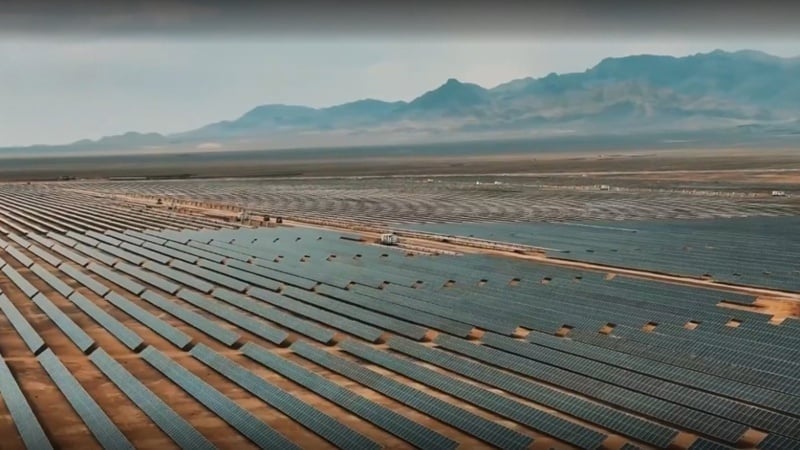
This is consistent with the global trend, whereby the cost of photovoltaic (PV) systems decreased by approximately 89% between 2010 and 2020. With a population of over 90 million and an annual increase of 5 to 7% in electricity demand, Iran's 90,000-megawatt power grid is under strain. Reducing greenhouse gas emissions, which currently stand at about 600 million tons of carbon dioxide per year, is a stated priority, although extensive fossil fuel subsidies continue to pose a major challenge for the transition to clean energy.
